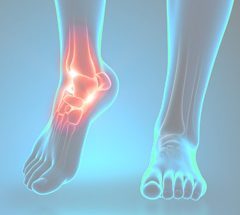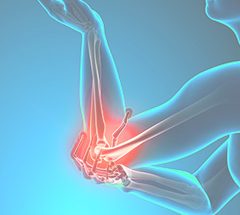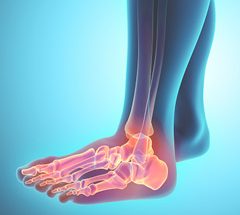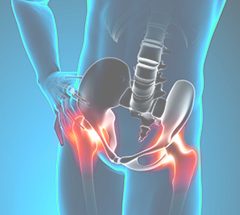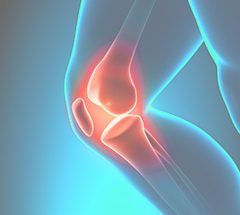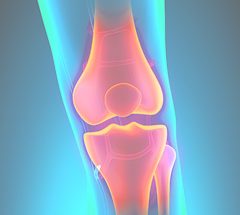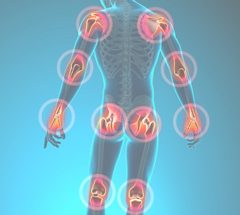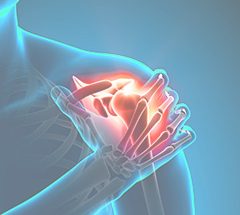
Hip replacements are one of the most successful orthopedic surgeries. Total hip replacements were first performed in 1960s. Over the next 40 years, research and development resulted in improved implant design. During the last 10 years, the primary focus in hip replacement research has been on enhancing and speeding recovery periods. The results of this research have led to minimally invasive procedures using new techniques and instruments to lessen soft tissue damage while performing a total hip replacement. We can now perform most hip replacements with a 1-2 day hospital stay, or even as an outpatient surgery under optimal conditions. Minimally invasive techniques result in quicker recoveries, smaller incisions, less blood loss, and earlier return to normal lifestyles.
Minimally invasive hip replacement can be done through an anterior or posterior approach. One benefit of using these techniques is minimal soft tissue trauma and the avoidance of cutting tendons and muscles in approaching the joint. These techniques require special training and instruments. In addition, new techniques in pain management of postoperative pain are available. Multimodal pain control is a method of combining long and short acting numbing injections done at surgery, with various oral medications postoperatively to control inflammation and pain. The need for postoperative narcotics is less after a minimally invasive hip replacement.
The approach that is best for you is best determined by a personalized discussion with your surgeon. There are many factors that can impact which surgical approach is best for you. Some factors are:
1) Your weight and how you carry it
2) Stiffness
3) prior incisions
4) muscle tightness
5) bone deformity
Minimally invasive hip replacement results show less postoperative need for medication, a lessened incidence of post-replacement hip dislocations, and an average of 14 days limping versus 24 days, which has been the standard for many years. These advances in the recovery period allow for a shorter time off work and a quicker return to normal activities. Many of these procedures can be done as an outpatient surgery, thus allowing you to be safely cared for in a familiar environment by those who love you.
Outpatient hip replacement requires more extensive planning prior to surgery for the discharge home. The durable medical equipment needed after surgery has to be obtained prior to going to the hospital. You will need a walker or crutches, a cane, a raised toilet seat and a bench for showering. Practice walking through your home with a walker. There may be furniture, cords, or carpets that need to be moved.
The total joint team at ProOrtho has pioneered these techniques, and is excited to be the first to offer outpatient total joint replacement in select patients.

